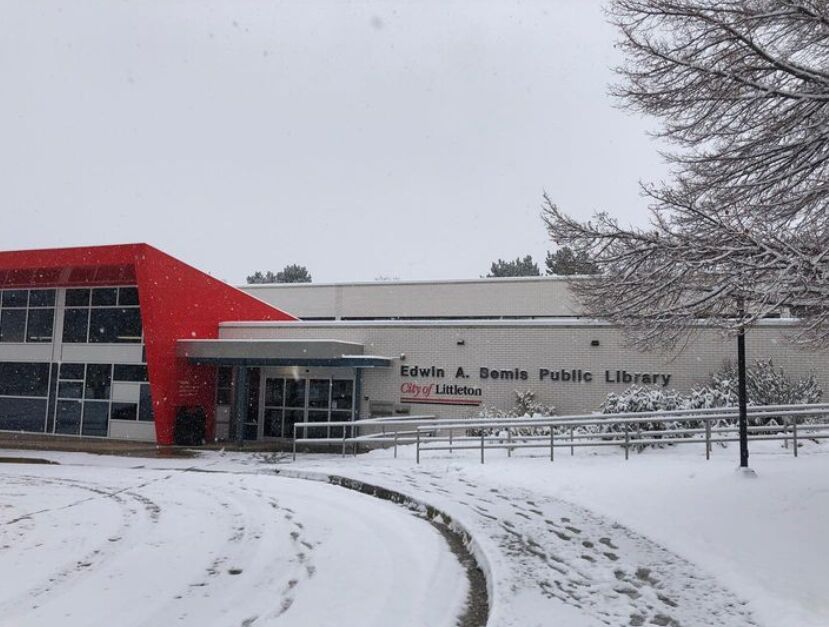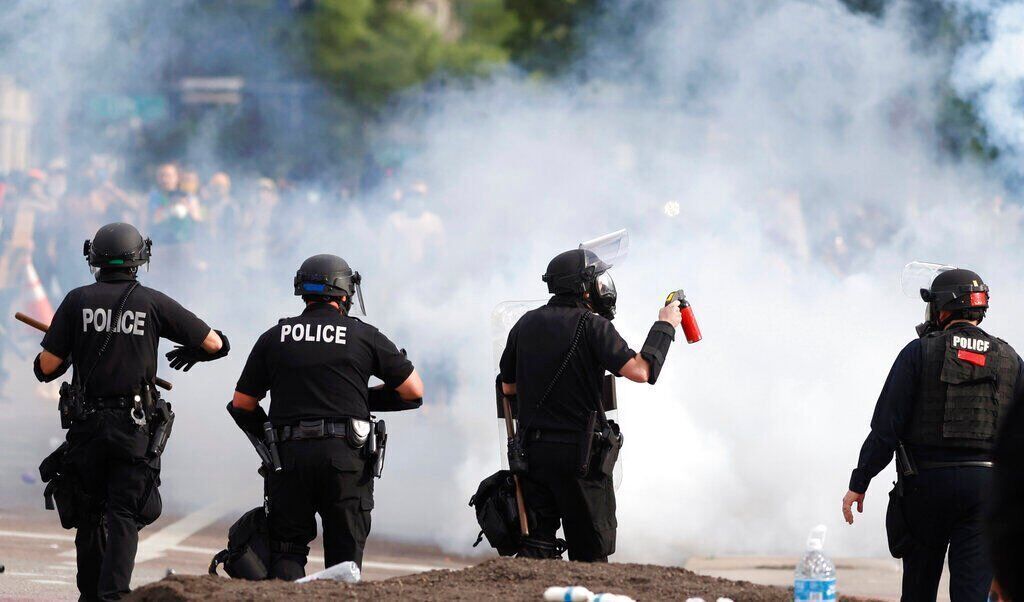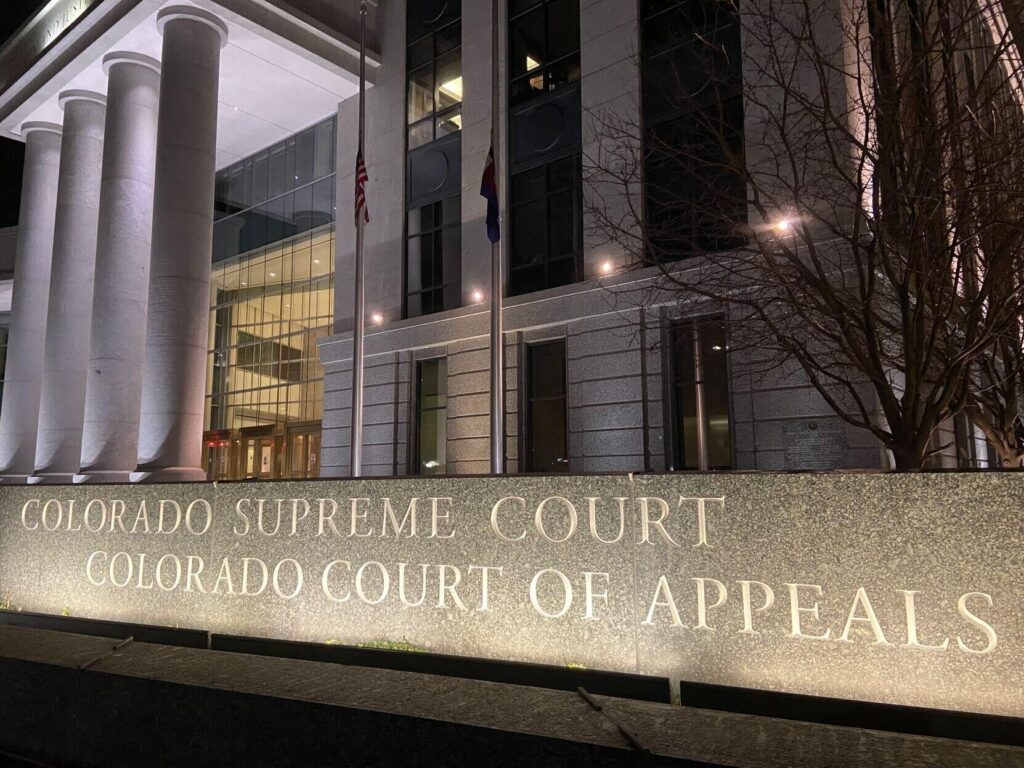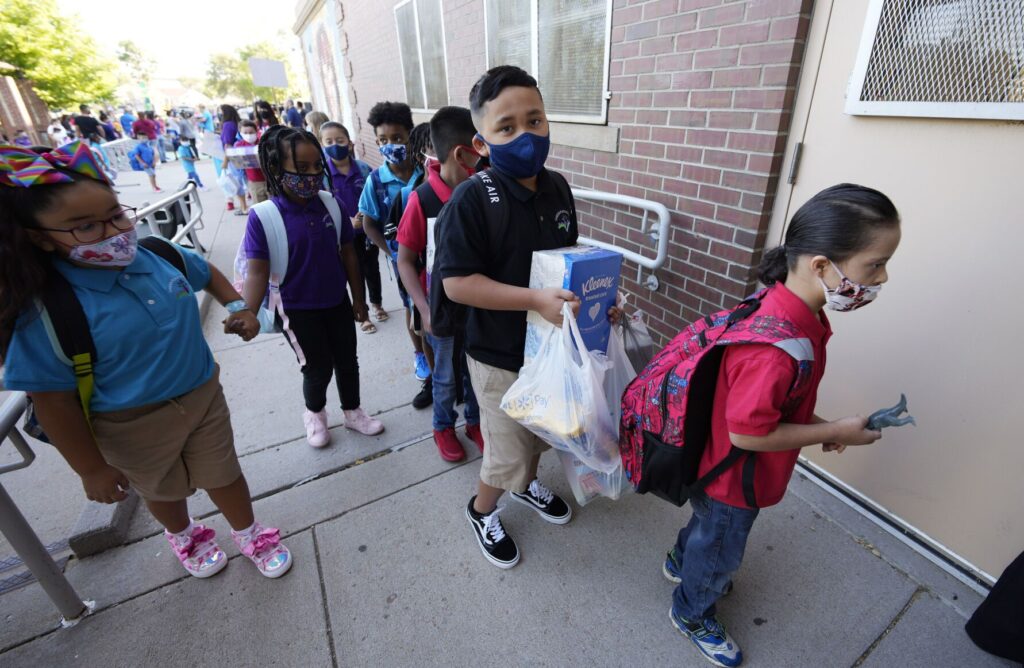Third Denver-area library closes due to meth contamination

The Bemis Public Library became the third Denver-area library in the past month to temporarily closed due to methamphetamine contamination, a trend that illustrates how drug use is spilling over into public spaces normally associated with children and learning.
Following meth contamination findings in the Boulder and Englewood public libraries, the city of Littleton proactively tested the Bemis Public Library and tests found “elevated levels” of meth contamination, “requiring professional decontamination,” the library said in a news release Wednesday.
The decontamination efforts at Bemis Public Library will happen in the main floor women and men’s bathroom exhaust fans and the lower-level family bathroom, and the library will be closed while testing and decontamination happen, city authorities said.
“The safety of our employees and library patrons is our first priority,” Littleton City Manager Jim Becklenberg said. “According to our partners at Arapahoe County Public Health, health risks are considered low, but we want to make sure our building is as safe as can be before we reopen it.”
The city said it is working with the Colorado Department of Public Health Environment and Arapahoe County Public Health during remediation and cleaning.
City authorities maintained that no library staff members found any evidence of drug paraphernalia or observed any drug use in the library.
But the “elevated levels” of meth contamination at the library hints at the ubiquity of drug use in metro Denver and the threat posed by substance abuse to the public. Indeed, that library staffers didn’t detect anything unusual suggests drug use is seemingly out of view but nonetheless present, and that only testing for drug residue would confirm how widespread the problem is.
The library’s closure also creates another problem – it eliminates, albeit temporarily, a public space for reading and learning.
On Jan. 6, authorities found levels of meth contamination above state thresholds at the Englewood Public Library and temporarily closed the building for specialized cleaning.
And, at the end of December, Boulder’s Public Main Library closed for cleaning after tests revealed meth residue in its restroom air ducts, according to the city.
Denver Public Library Director of Communications and Community Engagement Erika Martinez told The Denver Gazette library officials have been communicating with the Department of Public Health and Environment on addressing these issues.
“(The DDPHE), along with other city agencies and industrial hygiene and mitigation firms, are currently working on a protocol for sound assessment and more specific cleaning measures to address possible contamination from illicit substances in city facilities, including the library,” Martinez said.
The department did not respond to the Denver Gazette’s request for comment.
It’s also not immediately clear how officials intend to prevent a future contamination of meth, a powerful and highly addictive drug that is often sold in powder or crystal form. A stimulant, meth is often a drug of choice because if offers a longer-lasting “rush” or high and it’s cheaper than other drugs. It can be abused in different ways – ingesting, injecting, smoking, snorting.
Martinez maintained that the health risks related to methamphetamine residue are very low, with higher risk coming from the production of methamphetamine rather than secondhand exposure.
“We have a full crew that cleans our bathrooms daily and throughout the day as needed, using industry standard products for commercial buildings that we began using at the start of the pandemic,” Martinez said. “Our bathrooms are monitored throughout the day by staff. These are all standard procedures we’ve been following all along.”
This trend – of public spaces becoming a place to get high – is part of a broader issue surrounding meth use in Colorado.
In 2021, meth contributed to 734 overdose deaths in Colorado, according to the Harm Reduction Action Center in Denver. That’s nearly double the number of residents who died by homicide that year, and it’s more than 10 times the meth death toll from 2011.
More people died from meth overdoses in 2021 than in those tied to heroin, cocaine, prescription pills and alcohol combined, the center said.
Experts say meth alone does not explain why overdoses have surged as much as they have. The primary reason, they say, is fentanyl.
Indeed, of the 734 meth overdoses in 2021, 317 involved fentanyl, more than double the number from 2020, according to state data.
Officials from law enforcement and from organizations that work directly with drug users note that fentanyl pills are widely and cheaply available and they have largely replaced heroin as the primary opioid on the illicit market. Crucially, fentanyl powder is increasingly found mixed into other drugs, notably cocaine, heroin and meth – often without the user’s knowledge.














